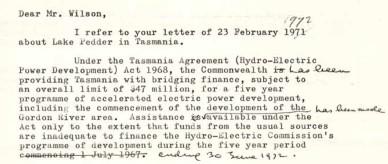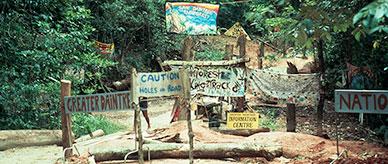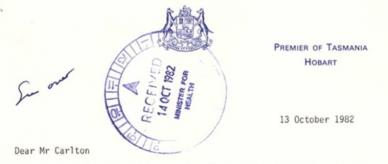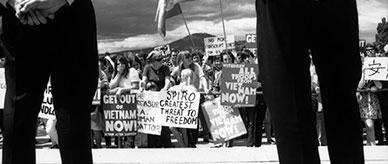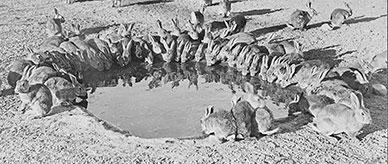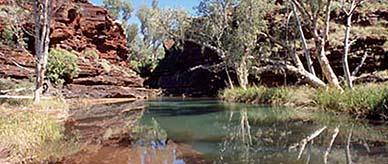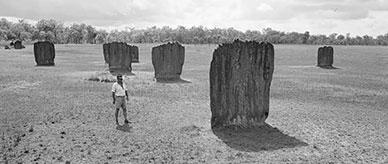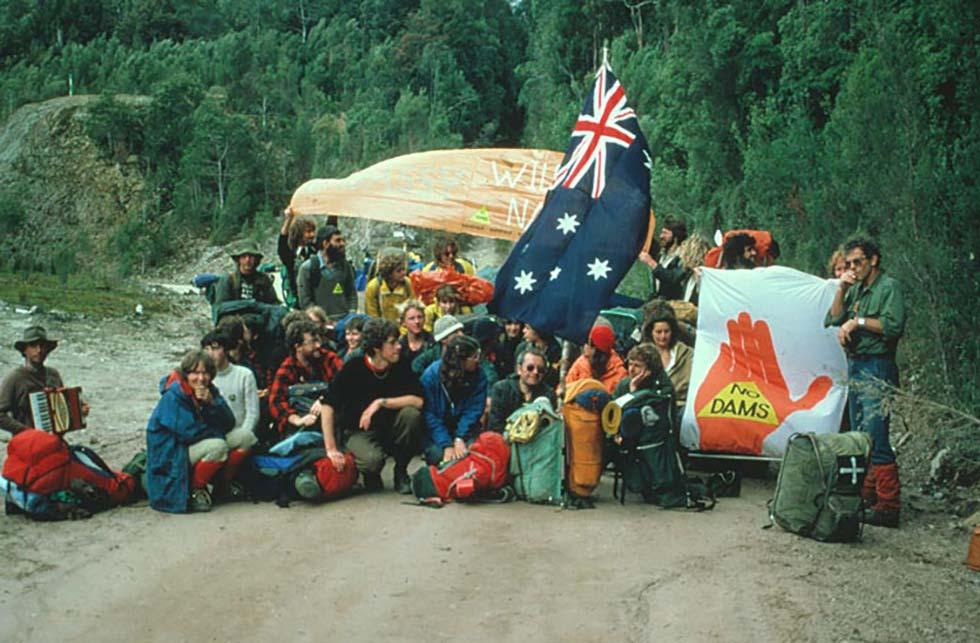


About this record
This record is a colour photograph, taken on 17 December 1982, showing opposition to the Tasmanian Government's decision to build the Gordon-below-Franklin Dam (also known as the Franklin Dam).
The protest was coordinated by the Tasmanian Wilderness Society (TWS), which was formed in 1976 out of other groups, including some that had opposed the flooding of Lake Pedder in 1972. The TWS opposed the building of the dam on the Franklin River because it would have flooded First Nations cave sites in the region and endangered the flora and fauna of the area.
In the photograph, the group of protestors are gathered on the road running through the forest at Mount McCall in south-western Tasmania. Some of the protestors are holding banners and the group appears well-equipped with sleeping bags and backpacks.
The TWS and their supporters were purposefully non-violent in their approach to the protest. They often sought to blockade (block access) to the site, both by land and on the river.
This photograph was taken only two days after the Tasmanian Wilderness World Heritage Area was added to the United Nations World Heritage List thanks to an application made by the Australian Government. This status meant the wilderness area was now designated by the UN as a site of outstanding universal value to humanity.
Previously, the Tasmanian government revoked the national park status of Lake Pedder in order to build a dam there. World Heritage status can only be revoked by the United Nations, in situations where it is determined they have not been properly managed or protected. The Australian Government is obligated to protect its World Heritage sites under the UNESCO World Heritage Convention. As such, the achievement of World Heritage status for the Franklin River was a significant milestone for those fighting to save the area.
Environmental protestors played an important role in saving the Franklin River and left a lasting mark on Australian politics. These groups were the forerunners of the Australian Greens party, which was led by former TWS leader Bob Brown from 2005 until 2012. Support for the Greens has grown since their formation in 1992, as environmental and climate topics remain important to many members of the Australian public.
Food for thought
Why do you think the protesters pictured are so passionate about preventing the construction of the dam?
Would you be for or against the dam? What slogan would you write on a banner to express your position?
This photograph was created by the Australian Information Service, a government agency that promoted the image of Australia to the world. If you lived overseas and looked at this photo, what information and impressions would you get about Australia?
Acknowledgments
Learning resource text © Education Services Australia Limited and the National Archives of Australia 2010.
Related records
Related themes
Need help with your research?
Learn how to interpret primary sources, use our collection and more.

